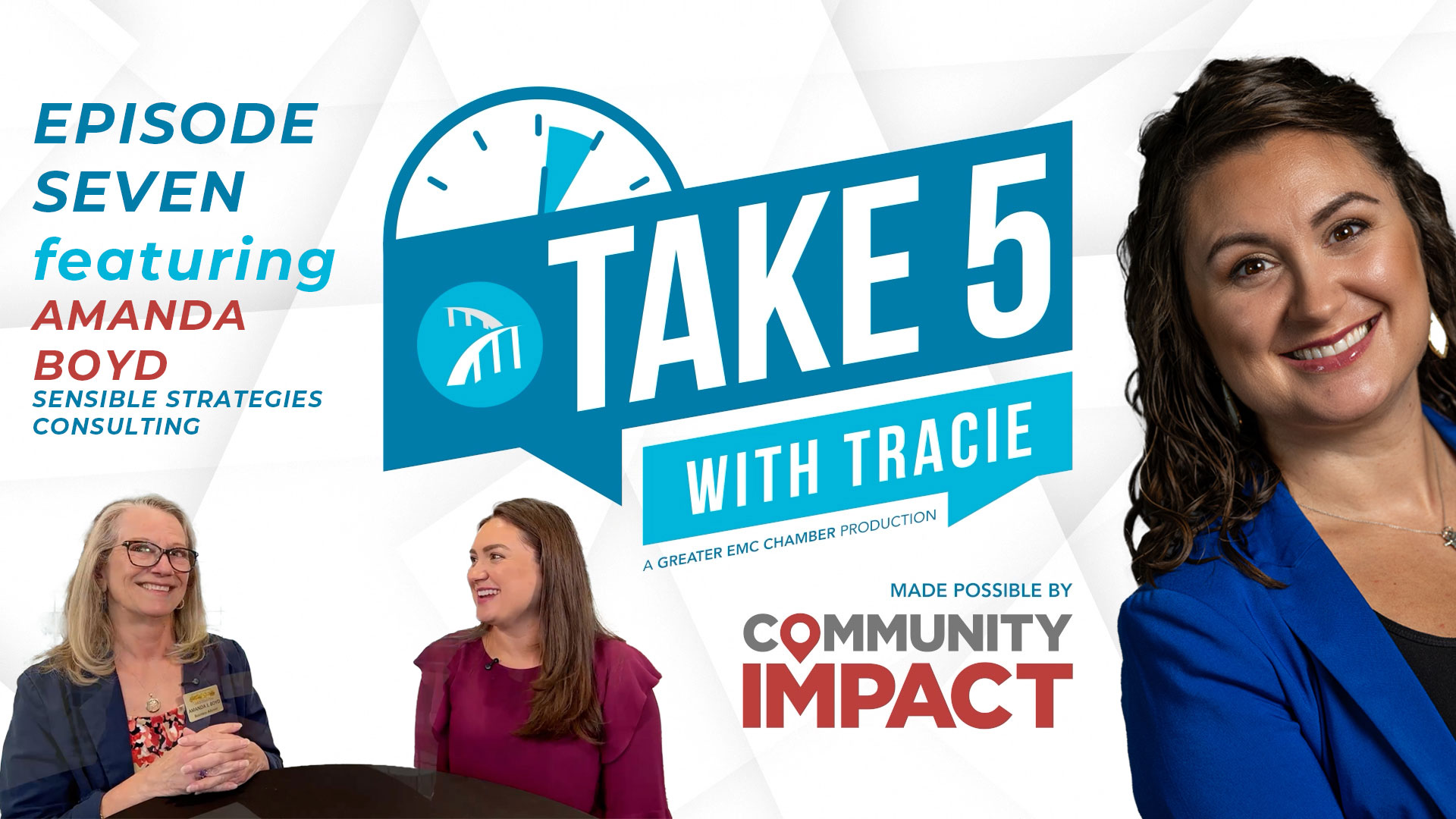Take 5 With Tracie featuring Amanda Boyd of Sensible Strategies Consulting
Take 5 With Tracie featuring Amanda Boyd of Sensible Strategies Consulting

I'm Tracie Kamenoff with the Greater EMC Chamber, and in this short conversation I sat down with Amanda Boyd of Sensible Strategies Consulting to talk about the one thing every small business needs but too few prioritize: financial clarity. In just five minutes Amanda breaks down how sensible financial planning can keep a small business thriving — from simple budgeting to cash-flow forecasting and smart growth decisions.
Why Amanda's background matters
Amanda joked that she was "never a professional bodybuilder," but the lessons from training — strength, endurance and doing the reps — translate surprisingly well to business. Repetition matters whether you're in sales, marketing, or finance. That discipline helped shape how she approaches working with business owners: practical, repeatable processes that build long-term stability.
What Sensible Strategies Consulting does
Amanda launched Sensible Strategies a year and two days ago, but this isn't her first business. She told me it's about her fourth business and that most of her adult career has been self-employed. The firm exists to help small business owners who are experts in their craft but less confident when it comes to financial management.
Her core point: without financial clarity, businesses can make critical mistakes, spiral into debt, or miss growth opportunities. Sensible Strategies focuses on giving owners the tools to answer the everyday strategic questions that matter:
- Can I buy that piece of equipment, or should I rent?
- Can I afford to hire a new person in six months?
- How long before I get my investment back and can pay myself?

Practical services Amanda emphasizes
Beyond accurate bookkeeping and accounting (which she stresses are essential), Amanda walks through a few practical deliverables she builds with clients:
- One-month budget — Start with a realistic month of revenues and expenses.
- 12-month rollout — Expand that month into a year with methods to estimate seasonality and growth.
- Cash-flow spreadsheet — Turn the budget into a living tool to forecast cash needs, plan purchases, and time hires.

Who benefits most
Amanda points out that while many definitions exist for "small business," most companies are small — she referenced a broad classification of under $50 million, but she personally focuses on businesses under $1 million and those between $1–5 million. Her message: even businesses under $1M need financial acumen similar to what larger companies get from an expensive CFO — they just need it delivered in a sensible, affordable way.
Growth lessons from the first year
Amanda told me her business really started taking off after about six months. The first half-year was about getting technology and systems in place. She had clients from the start, but momentum came once she ramped up marketing and showed up in person.

She expected to build the business primarily online, with a big push on LinkedIn, but discovered that most of her clients came through local networking — especially involvement with the Chamber. Amanda described the Chamber as "my home away from home" and said almost all of her clients came from those in-person connections. Her takeaway: people like to do business with who they know and trust — the personal touch still matters.

Practical takeaways for small business owners
- Start with a one-month budget and expand it to 12 months. That single-month focus makes forecasting manageable.
- Turn budgets into a cash-flow spreadsheet so you can answer tactical questions before making investments.
- Invest in systems and tech early — they help scale your ability to deliver financial insights.
- Show up in person. Networking and trust-building often outperform a purely online strategy.
"People like to do business with who they know and who they trust." — Amanda Boyd
Final thoughts
Helping small business owners gain confidence with finances is deceptively simple: provide clarity, repeatable processes, and practical forecasting tools. If you're running a business and wondering whether you can afford that new hire or piece of equipment, the first step is creating a clear cash-flow forecast. With accurate bookkeeping and a sensible budget, those decisions become business as usual instead of stressful guesses.
If you'd like more business conversations like this, check out the Greater EMC Chamber channels and consider subscribing to Community Impact's Morning Impact. Thanks for reading — and remember to keep adding value and making a difference.
